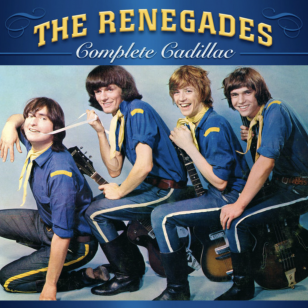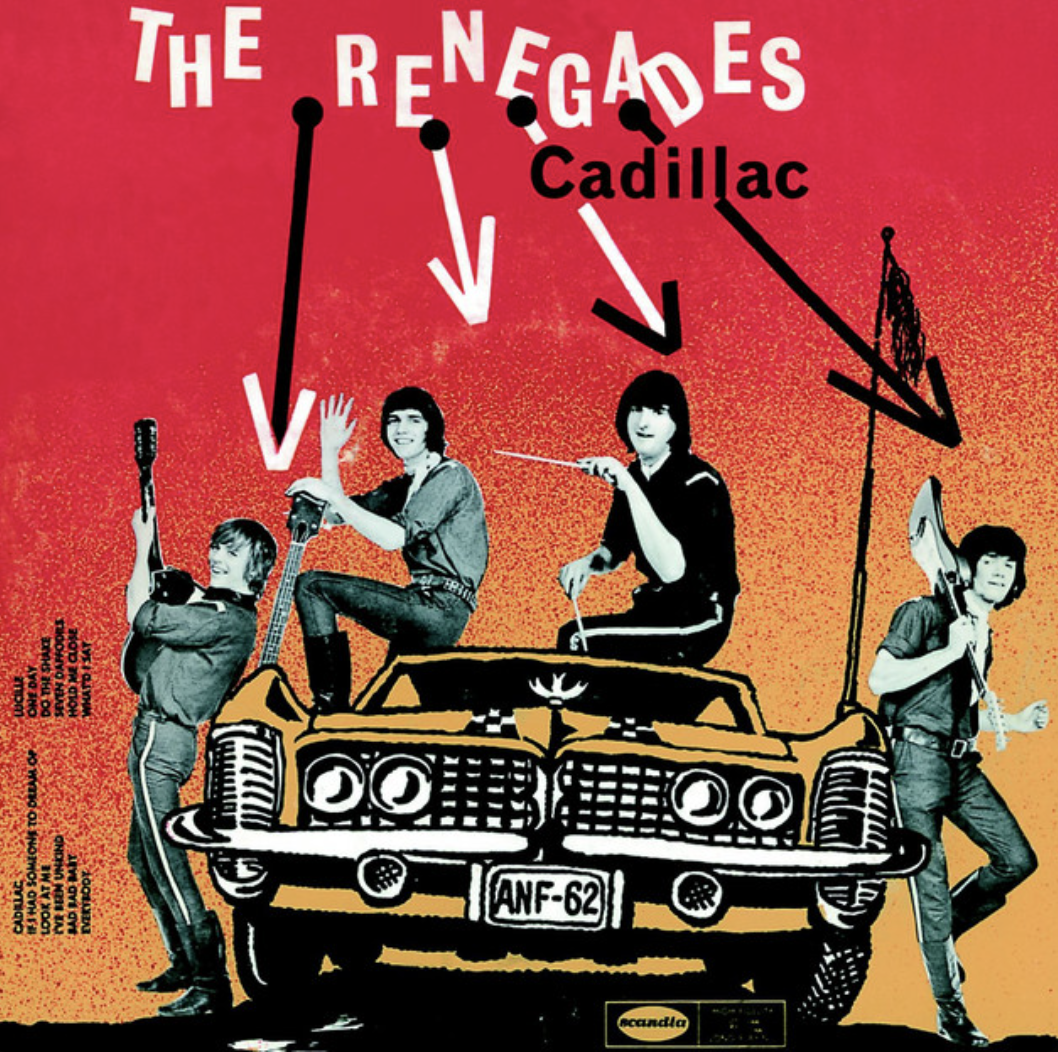Graham Reid | | 2 min read
Thirteen Women

Of all the bands who have carried the name The Renegades down the decades -- some moderately well-known and most probably only languishing in the memory of the members -- the British group from the Sixties is among the more interesting.
They weren't that well known in their own country – a brief flicker in 1964 with their rejigging of Liszt's Hungarian Rhapsody as Hungarian Mod – but they were smart enough to head off to Scandinavia to capitalise on the Beatles-inspired beat group boom.
In Helsinki they became famous for their wild stage show as much as their odd stage costumes based on US Cavalry uniforms.
For the most part they were a very standard beat group playing covers (The Girl Can't Help It, What Did I Say, Will You Love Me Tomorrow, Unchain My Heart, Rockin' Pneumonia and Boogie Woogie Flu, Lucille, Do the Shake etc) but they brought some touches of the blues to covers like Nobody's Child.
They did decent Buddy Holly-styled pop (Look At Me, More Than Peggy Sue) and on songs like I've Been Unkind they come off as slightly underpowered Merseybeats. They also covered The Alamo – as a bit of plod – which had been popularised by Donovan as Remember the Alamo on his debut album What's Bin Did and What's Bin Hid.
They had a hit in Finland with Cadillac – the Vince Taylor song covered by the Clash a decade and a half later as Brand New Cadillac – and had a measure of popularity in Europe.
But there wasn't much to tell after that although they did record songs in Italian for that market.
Although they lasted until 1971 there's was a steady slog with members quitting.
Their oddest cover – and the most wild, a real garageband explosion – was their cover of Bill Haley's 13 Women, with a Cold War era lyric which had been the original A-side to Rock Around the Clock.
 They turn it into a genuinely wild rocker and you almost wish they'd pursued this path (they covered I'm a Hog For You also undertaken in the punk era by the pub rocking Dr Feelgood) because now we'd be talking about them as a band in the vanguard of garageband rock.
They turn it into a genuinely wild rocker and you almost wish they'd pursued this path (they covered I'm a Hog For You also undertaken in the punk era by the pub rocking Dr Feelgood) because now we'd be talking about them as a band in the vanguard of garageband rock.
As it is they remain a footnote, although on Spotify there is a swag of Renegades songs which includes their Italian singles (one being John Fitzgerald Kennedy).
The lead singer Kim Brown went on to a solo career with a new band The Cadillacs (clever).
But we can perhaps just distil the Renegades career to a couple of fine moments, the best for our ears being a raw version of a relatively obscure Bill Haley song.
.
You can hear the Renegades at Spotify here.





post a comment